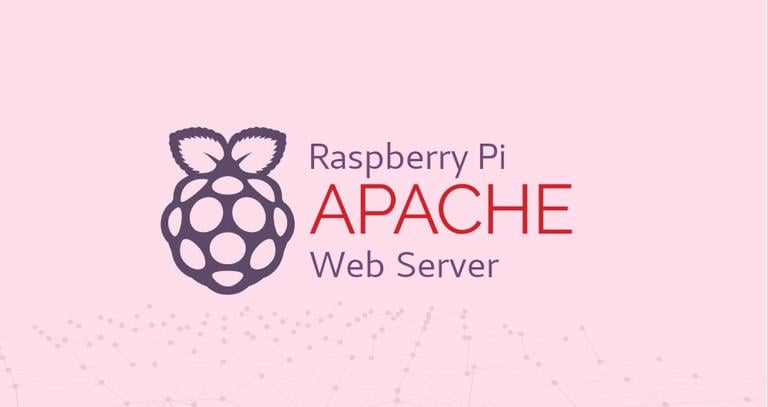

- RASPBERRY APACHE SERVER TUTORIAL INSTALL
- RASPBERRY APACHE SERVER TUTORIAL ZIP FILE
- RASPBERRY APACHE SERVER TUTORIAL UPDATE
- RASPBERRY APACHE SERVER TUTORIAL SOFTWARE
- RASPBERRY APACHE SERVER TUTORIAL PASSWORD
If you didn’t have to figure out the local IP of your Raspberry Pi in the previous step, it’s time to find out by running ifconfig. Once installation is completed, start the server by running: sudo service nginx start

RASPBERRY APACHE SERVER TUTORIAL INSTALL
Then you can install Nginx using apt-get: sudo apt-get install nginx
RASPBERRY APACHE SERVER TUTORIAL UPDATE
Other web servers, such as Apache or lighttpd, would work as well, but we’ll use Nginx for this demonstration.īefore you start installing anything, you need to be sure everything is up-to-date by running these commands on the Pi: sudo apt-get update I prefer Nginx because it has a small memory footprint, and because it plays well with Node.js (which you’ll be setting up later). Install a Web Server (Nginx) on Your Raspberry Pi
RASPBERRY APACHE SERVER TUTORIAL PASSWORD
You can configure all the options but the most important are the first two: to expand the filesystem, ensuring that all the SD card storage is available for the OS, and to change the password for the default Pi user, so that your server will be protected from intruders. Raspi-config will walk you through the final setup. When you are connected, run sudo raspi-config.So, for example, if the IP address is 192.168.1.16, run ssh and enter the password when prompted. The default user is pi, and the default password is raspberry. Once you have the device’s IP address, connect to it using SSH from your terminal (or through Putty if you’re using Windows).This can be done by connecting to your router’s admin page, or by using a network tool like nmap. First, you need to find the IP address of your Raspberry Pi in your local network.If you don’t have them, you can connect to your Raspberry Pi while it is on using SSH:.After the first boot, you will need to run sudo raspi-config yourself in order to configure the device. The first time the Pi boots, it will automatically run raspi-config.Your Pi should recognize these devices as soon as they are plugged in.If you have a USB keyboard and an HDMI monitor, you can plug them into the Raspberry Pi for the initial setup.Connect the Raspberry Pi to your router using the Ethernet cable, and plug in the Micro USB charger, which will start the Raspberry Pi booting.įor the initial configuration, there are two options: Once the process is finished, eject the SD card from your computer and insert it into the Raspberry Pi. Depending on your computer’s operating system, follow the instructions provided on Raspberry’s website for Linux, Mac OS, or Windows. Then, insert the microSD card into your computer’s SD card slot or adapter.

RASPBERRY APACHE SERVER TUTORIAL ZIP FILE
To install Raspbian, head to the official download page and download the zip file with the latest Raspbian version. This tutorial has been updated to work with this version (or later) of Raspbian: Kernel version : #1 SMP Debian 4.9.110-3+deb9u4 () While there are other options for running your favorite OS on the Pi, we’ll use Raspbian because of its simplicity. Raspbian is a Linux distribution ported from Debian 7.0 ( Wheezy), and is the official OS for Raspberry Pi optimized for the device’s architecture. Then simply insert the card into the Raspberry Pi and boot from there. First, using your computer, install the boot image onto a microSD card. Installing an operating system onto a Raspberry Pi is simple. These will also come in handy during the initial setup:
RASPBERRY APACHE SERVER TUTORIAL SOFTWARE
The Raspberry Pi is a little computer that you can get for as low as USD $5 and on which you can run many different types of software and build many different projects.


 0 kommentar(er)
0 kommentar(er)
